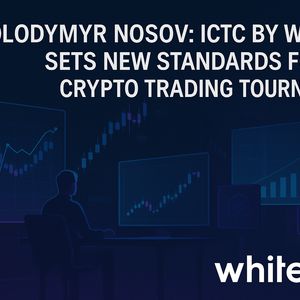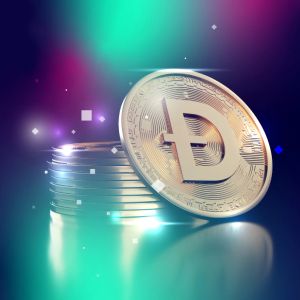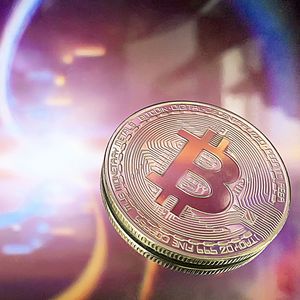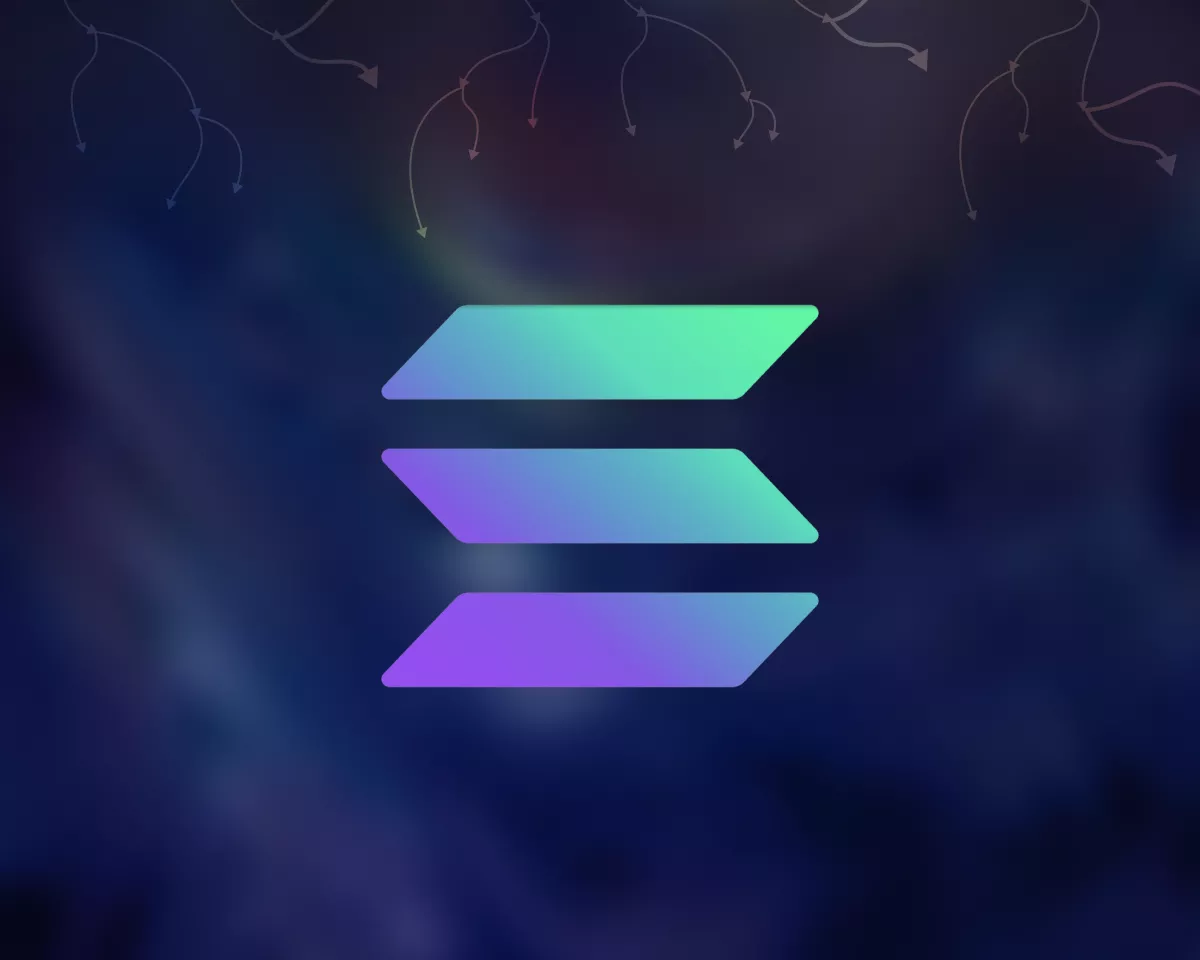The cryptocurrency world is buzzing with a major development: the long-standing legal battle between the U.S. Securities and Exchange Commission (SEC) and Ripple Labs appears to be finally concluding. This significant event, centered around the status of XRP, brings a degree of closure to a case that has cast a long shadow over the industry. What Does the SEC Ripple Settlement Entail? After years of intense legal sparring, the SEC and Ripple have reportedly reached a settlement agreement. According to James K. Filan, a former federal prosecutor who has closely followed the case, the proposed settlement has been submitted to the court for approval. This development marks a pivotal moment, signaling an end to the uncertainty that has surrounded Ripple and XRP. Key terms of the reported settlement include: A significant reduction in Ripple’s fine. The initial figure discussed was around $125 million, but the settlement reportedly brings this down to $50 million. Both the SEC and Ripple agree to withdraw their respective appeals. This means neither party will challenge previous court rulings related to the case. The SEC is expected to request the court to lift any remaining sales restrictions on Ripple, particularly concerning institutional sales of XRP. This agreement, if approved by the court, effectively concludes the formal legal dispute between the two entities. A Look Back at the Lengthy XRP Lawsuit Update To fully appreciate the significance of this settlement, it’s important to remember the history of the XRP lawsuit update . Filed in December 2020, the SEC’s complaint alleged that Ripple, its CEO Brad Garlinghouse, and Executive Chairman Chris Larsen conducted an unregistered securities offering by selling XRP. Ripple maintained that XRP is not a security. The case proceeded for years, involving extensive discovery, expert testimony, and various court filings. A crucial turning point came in July 2023, when Judge Analisa Torres issued a summary judgment ruling that provided partial clarity: Institutional Sales: The court found that Ripple’s direct sales of XRP to institutional investors constituted unregistered securities offerings. Programmatic Sales: The court ruled that Ripple’s programmatic sales of XRP on public exchanges did not constitute securities offerings because buyers typically did not know they were buying directly from Ripple. Other Distributions: Distributions to developers and charities were also deemed not to be securities offerings. While hailed as a partial victory for Ripple and the broader crypto industry, the ruling left some questions open and led to both parties considering appeals. The settlement now addresses these remaining issues and the potential for further protracted litigation. The Impact of the Reduced Ripple Fine Reduction The reported Ripple fine reduction from a potentially higher figure (initially, the SEC had sought closer to $2 billion in penalties) to $50 million is a major win for Ripple financially. While $50 million is still a substantial sum, it is significantly less than what the company might have faced if the case had gone to trial or if appeals had resulted in a less favorable outcome. This reduced financial burden allows Ripple to allocate more resources towards its business operations, expansion plans, and the development of the XRP Ledger ecosystem, rather than being tied up in legal costs and potential penalties. What’s Next for XRP News and the Market? The conclusion of the lawsuit is undoubtedly the biggest piece of XRP news in years. For XRP holders and enthusiasts, it removes a major cloud of regulatory uncertainty that has suppressed the asset’s price and adoption in certain markets, particularly in the United States. Potential implications include: Exchange Re-listings: While many exchanges relisted XRP after the 2023 ruling on programmatic sales, some platforms might now feel more comfortable fully supporting XRP services, including potentially institutional trading products, assuming the sales ban is lifted. Increased Adoption: Clarity on XRP’s regulatory status in the U.S. could encourage financial institutions and businesses to utilize Ripple’s ODL (On-Demand Liquidity) service and the XRP Ledger for payments and other use cases. Market Sentiment: The settlement is likely to be viewed positively by the market, potentially leading to increased investor confidence in XRP. However, it’s crucial to remember that regulatory environments vary globally, and the U.S. settlement doesn’t dictate the stance of regulators in other countries. Also, the broader crypto market sentiment and macroeconomic factors will continue to influence XRP’s price performance. Broader Implications for Crypto Regulation While specific to Ripple and XRP, this settlement holds significant implications for the broader landscape of crypto regulation . The case was seen as a bellwether for how the SEC might approach other cryptocurrencies and their issuers. Key takeaways for the industry include: Judicial Scrutiny: The court’s distinction between different types of XRP sales (institutional vs. programmatic) highlights that courts may take a nuanced approach to applying existing securities laws to novel digital asset structures. This challenges the SEC’s broad assertion that many tokens are inherently securities. Settlement Precedent: While not a binding legal precedent like a court ruling, a settlement between a major crypto company and the SEC can influence future negotiations and enforcement actions. It provides a potential framework for resolving similar disputes, possibly encouraging other projects under SEC scrutiny to seek settlements. Calls for Legislation: The protracted nature and complexity of the SEC vs. Ripple case underscore the need for clearer legislative frameworks for digital assets in the U.S., rather than relying solely on enforcement actions using decades-old laws. This settlement provides some level of clarity, but the path forward for crypto regulation in the U.S. remains subject to potential new legislation and future court cases involving other entities. Conclusion: A New Chapter for Ripple and XRP The reported settlement between the SEC and Ripple marks the end of a nearly four-year legal saga that has been closely watched by the entire cryptocurrency industry. The agreement, involving a significantly reduced fine for Ripple and the withdrawal of appeals, offers a path forward for the company and brings much-needed regulatory clarity for XRP in the United States market. While the full impact will unfold over time, this development is undeniably a major milestone, potentially paving the way for renewed focus on innovation and adoption within the Ripple ecosystem and influencing the broader conversation around crypto regulation globally. To learn more about the latest crypto regulation trends, explore our article on key developments shaping the digital asset landscape and institutional adoption.


















